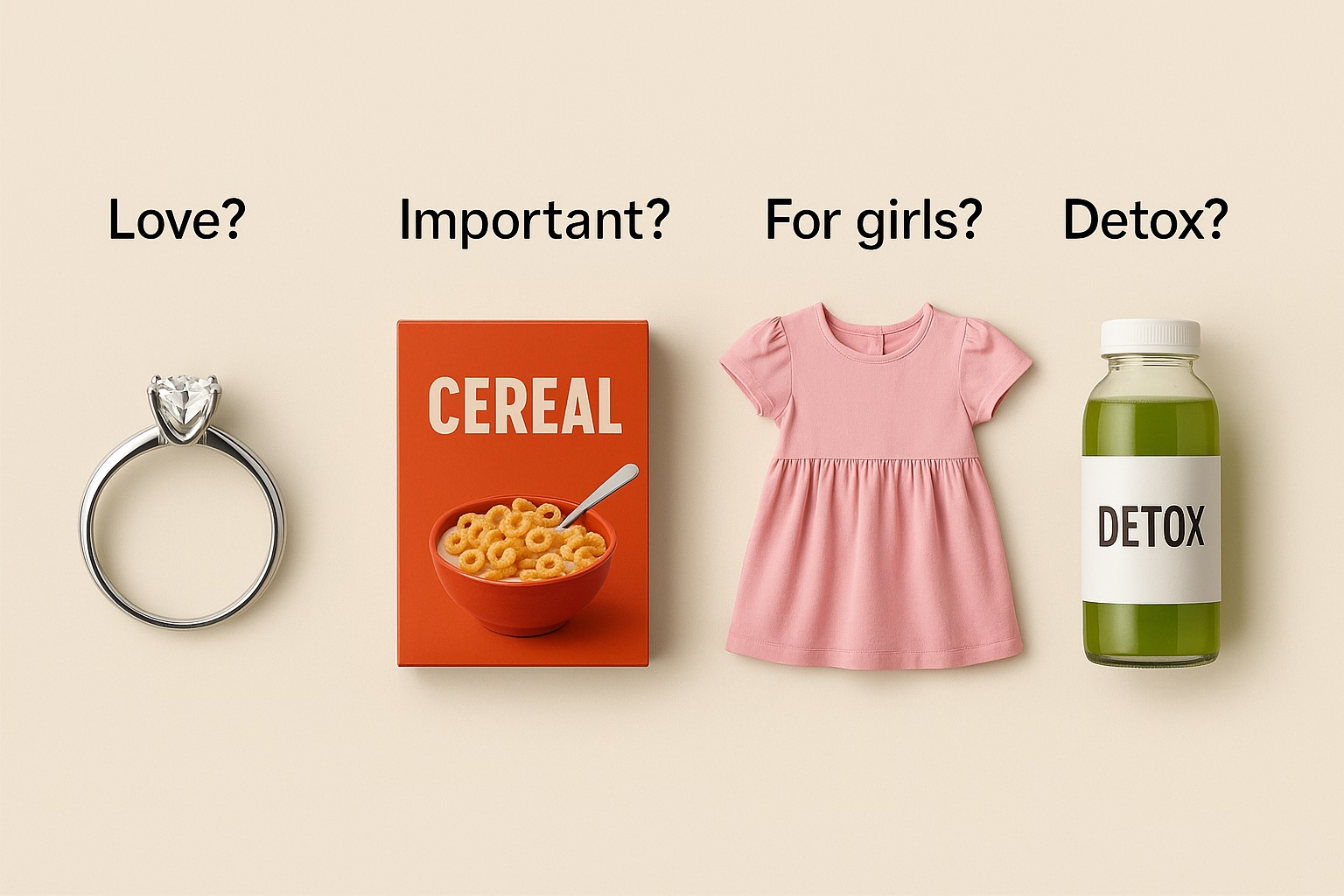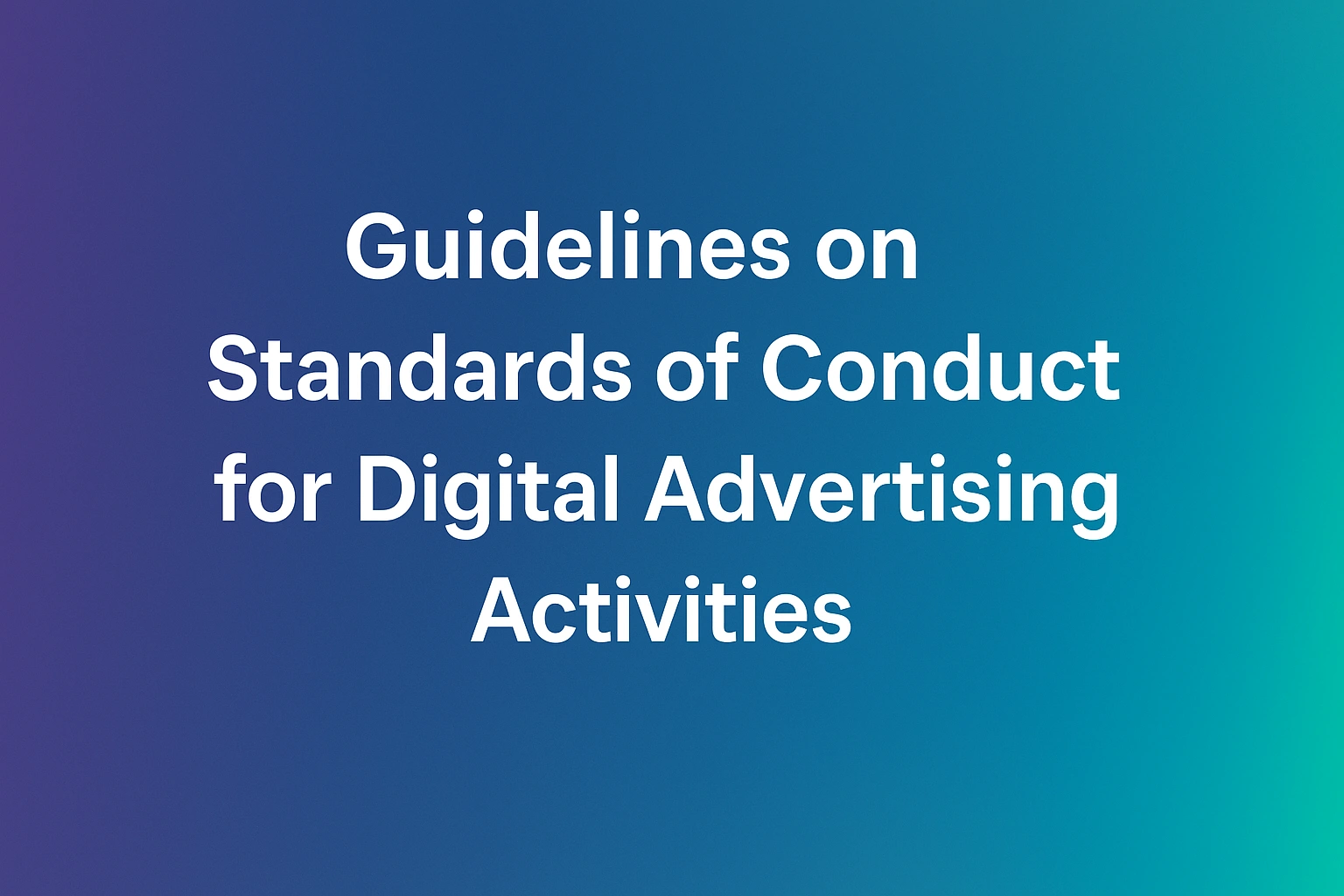From Lobsters to Loans: How Marketing Turns Myths Into ‘Reality’
Written at: 18 Nov, 2025
Last Updated: 18 Nov, 2025
Industries have always shaped what we think is normal, valuable, or "the way things have always been." Sometimes it’s harmless. Other times, it changes entire markets, behaviours, and spending patterns. One of the clearest examples is lobsters: once considered poor man’s food and even served to prisoners, they only became a luxury after a deliberate rebranding campaign. Their value wasn’t discovered — it was constructed. And this isn’t rare. Much of what people confidently believe today was engineered by marketing, repetition, or convenience rather than historical truth.
Below are examples of how perception has been shaped across different sectors — not through natural evolution, but through narratives crafted over time.
-
Diamonds became symbols of love only after a 1930s advertising campaign. For most of history, engagement rings were not standard; the idea was created to drive demand.
-
Breakfast became “the most important meal of the day” because cereal companies needed a bigger market. The slogan wasn’t nutritional advice — it was commercial positioning.
-
Pink used to be a boys’ colour until fashion marketers flipped the association. The “pink for girls” idea is a modern invention, not tradition.
-
Shaving women’s legs became normal only after razor companies created the category. The campaign reframed body hair as a problem so they could sell a solution.
-
Lobsters were once prison food until rebranded as a delicacy. Their luxury status came from marketing, not scarcity.
-
“Detox” products became popular despite having no clinical meaning in medicine. The term was invented to make ordinary drinks and supplements feel therapeutic.
-
The idea that you must replace running shoes every 500km was popularised by shoe brands. It standardised a purchase cycle that didn’t previously exist.
-
Engagement rings became “mandatory” only after jewellers pushed the narrative. There was no tradition requiring a diamond until the industry created one.
-
Milk was marketed as essential for strong bones despite mixed evidence. The message became a cultural belief through years of advertising.
-
The “8 glasses of water” rule was amplified by bottled-water campaigns. It reinforced the idea that hydration requires purchasing bottled water.
-
Carrots being good for eyesight came from WWII propaganda. It was originally a cover story to hide military technology.
-
“Superfoods” became mainstream after marketers elevated ordinary ingredients with exotic labels. The term has no strict scientific definition.
-
White wedding dresses became the standard only after Victorian influence. Before that, brides wore any colour they wanted.
-
Toothpaste stripes were added to look more scientific, not because formulas differ. It made basic toothpaste appear more advanced.
-
Black Friday “deals” often appear deep because prices are marked up beforehand. The spectacle creates the illusion of savings.
-
“Farm fresh” labels appear even when products never came near a farm. The phrase has no regulated meaning.
-
“Natural” or “healthy” cereal labels mask high sugar levels. The terms focus on perception rather than actual nutritional value.
-
Male-targeted body wash created an entirely new category without changing the formula. Darker packaging and new language unlocked a new market segment.
-
Bottled water companies framed tap water as unsafe to drive demand. Perception, not product difference, built the category.
-
Hotels introduced “resort fees” to make base prices look cheaper. The total cost didn’t change, only the presentation.
These examples show that many of the “truths” people repeat today didn’t come from science, law, or history — they came from marketing narratives repeated long enough to feel unquestionable. And in some industries, that framing isn’t harmless. It shapes financial decisions.
Loan products today face the same issue: the way they are marketed often influences perception more than the actual numbers, terms, or risks. When people see polished ads, teaser rates, or simplified comparisons, it’s easy to forget that the fine print — or the missing context — tells a completely different story.
When you strip away the marketing gloss, the same pattern appears in lending: perception is shaped long before borrowers see the real numbers. Teaser rates anchor expectations, comparison sites present sponsored listings as neutral choices, and simplified slogans hide the actual mechanics of fees, tenure, and lock-ins.
Many borrowers still believe rates can be bargained down if a broker is “good enough.” Here is what you need to know about negotiating a loan explains why this has never really been true — even before machine scoring — because program lending follows fixed internal policies and risk bands. The only real way to get a better offer is by comparing more lenders, not by relying on negotiation claims.
And if you want to see how comparison sites shape perception through paid placements and selective framing, read Think you’re comparing loan offers? You might just be seeing ads — an explanation of why what looks like a neutral comparison is often an ad slot.
Recognising how narratives are constructed — whether for lobsters, luxury goods, or loans — is the first step toward making clearer, more informed decisions.
—
If you enjoyed this article, we’d really appreciate it if you could share it with others who might benefit from it. Even a simple like or comment here helps boost visibility so more people can see it! Our mission is to share insights that Big Finance often overshadows with its massive budgets. Every interaction helps us reach more readers like you!
Subscribe to our LinkedIn newsletter here or follow us on Medium here so you never miss our latest pieces.
Learn how we keep our content accurate in our Editorial Policy.
Share on:
Blog Highlights
Recent Posts
Pinned Posts
We believe in sharing knowledge freely. Anyone — whether a company, website, or individual — may republish our articles online or in print for free under a Creative Commons license. (This applies to full republishing, not just casual sharing on social media — feel free to use the share buttons as you like!)
- All hyperlinks must be retained, as they provide important context and supporting sources.
- You must include clear credit with a link to the original article.
- If you make edits or changes, please note that modifications were made and ensure the original meaning is not misrepresented.
- Images are not transferable and may not be reused without permission.









